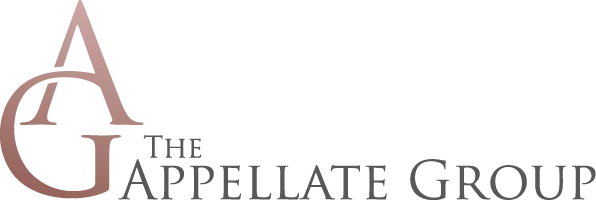State v. Peraza
State v. Peraza, 2020 UT 48 (Petersen, J.)
Criminal
The defendant was convicted of four counts of sodomy on a child. The Utah Court of Appeals reversed for two reasons. First, the court of appeals believed the State’s expert testified in violation of rule 702 of the Utah Rules of Evidence because the State failed to provide adequate notice under Utah Code section 77-17-13, the Expert Notice Statute. And second, the court of appeals believed the district court erred when it denied the defendant’s request for a continuance after it sought additional time within which to find its own expert. It further asked the State to disprove that the defendant had been harmed by the court’s denial of the defendant’s motion to continue. The Utah Supreme Court remanded to the Utah Court of Appeals to apply the correct prejudice standard, holding:
- The court of appeals erred when it conflated the requirements and remedies of the Expert Notice Statute and rule 702. The defendant did not argue this issue under the Expert Notice Statute in the first instance. And adequate notice is not a requirement when considering admissibility under rule 702. The State made a sufficient showing at trial to meet admissibility requirements of rule 702.
- The court of appeals erred when it shifted the burden to the State to disprove that the defendant had been prejudiced under the Expert Notice Statute. The court does not decide the correctness of applying the burden shift in State v. Knight, 734 P.2d 913, to the Expert Notice Statute. Here, the Expert Notice Statute does not apply, and neither does the burden shift.
- The Expert Notice Provision and rule 16 of the Utah Rules of Criminal Procedure bump up against each other. The Utah Constitution charges the Utah Supreme Court with adopting rules of procedure and the legislature with amending those rules by a two-thirds vote of all members of both houses. Absent a constitutional challenge in this case to the Expert Notice Provision, the court invites the legislature to enact rule changes through joint resolution to increase clarity for the bar.

